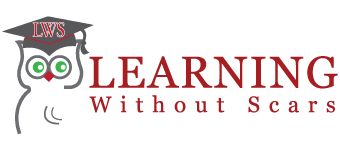Customers want to know how much the repair work will cost before they approve the job you will perform. We have to provide this important information. In order to do this, we must manage our repairs with job codes. We must determine standard jobs, and then track them every time we perform them. In this way, we can develop a “standard time” which is different than average time. You will learn the secrets of flat rating in this very detailed program.
The job code structure is where this begins. The manufacturers provide a job code for use with warranty jobs. This is the same logic that dealers must use to manage the repair and maintenance jobs. The code needs to be easy to understand and search out in a file or on a system. Once we have the job codes, then the inspections and job structures need to follow the same logic. How to develop the job codes and then utilize them to develop and manage history is a critical element of this program.
The determination of the standard time is also misunderstood by most. It is NOT about the average time to perform the job. Learn the perils of assuming all the risk on jobs, and how to provide for those risks with standard times. This program will be of value to anyone in management who wants to move away from a job shop structure.
